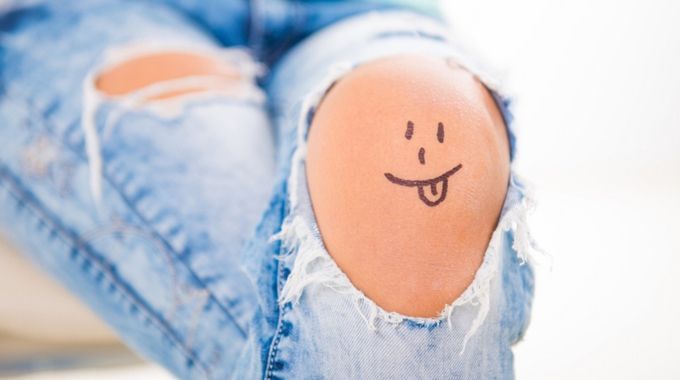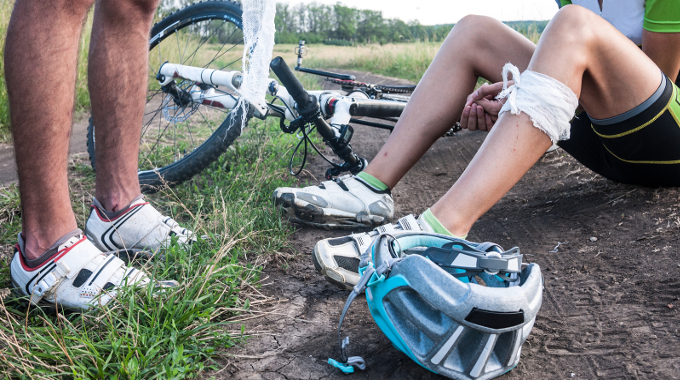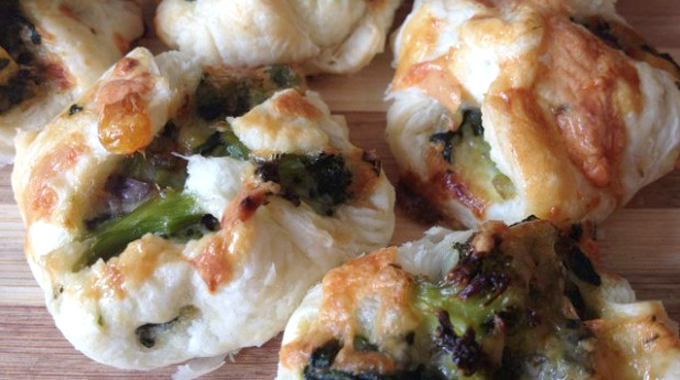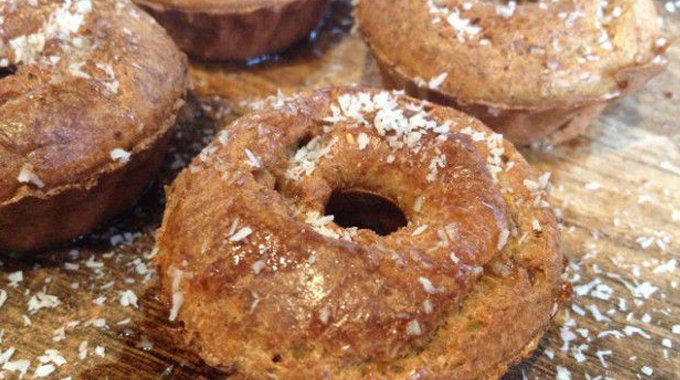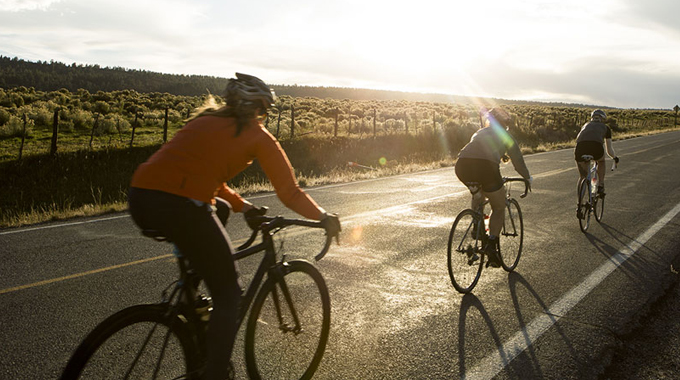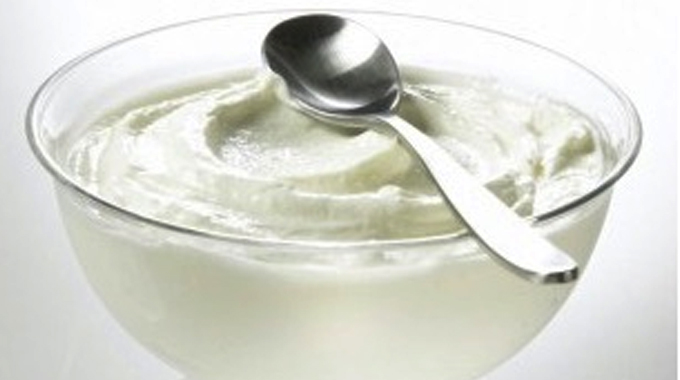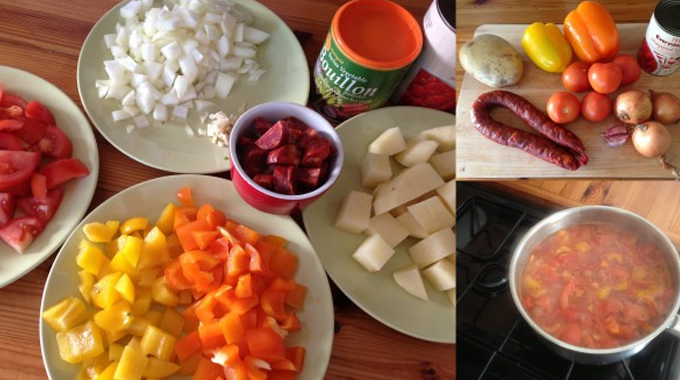We all know how wonderful cycling is; the wind in your hair, sun on your face, pedalling away, being at one with nature in the great outdoors – bliss!
Unfortunately, though, this is not always the case.
Poorly set up bikes, the wrong clothing choice or any number of issues can lead to injuries. We want to help prevent you from having an uncomfortable riding experience before it happens, so we asked Tom Astley of TA Physio who specialises in sports rehab and injury prevention, to help you avoid the 5 most common cycling injuries.
1. Lower Back Pain

What is it?
The repeated and prolonged held position in cycling means stress goes through the whole of the spine. Combined with the flexed, bent-over style adopted while sitting on a bike, lower back pain can often seem inevitable.
Prevention
Prevention is better than cure. Back pain can be avoided by simply having your bike set up correctly to avoid overreaching in the case of a frame being too large and hunched posture in the case of the frame being too small.
It is also essential to warm up, head to toe, cycling mainly involves the lower limbs but the spine is involved. Don’t neglect it! Why not give the yoga for cyclists video a try before your next ride.


